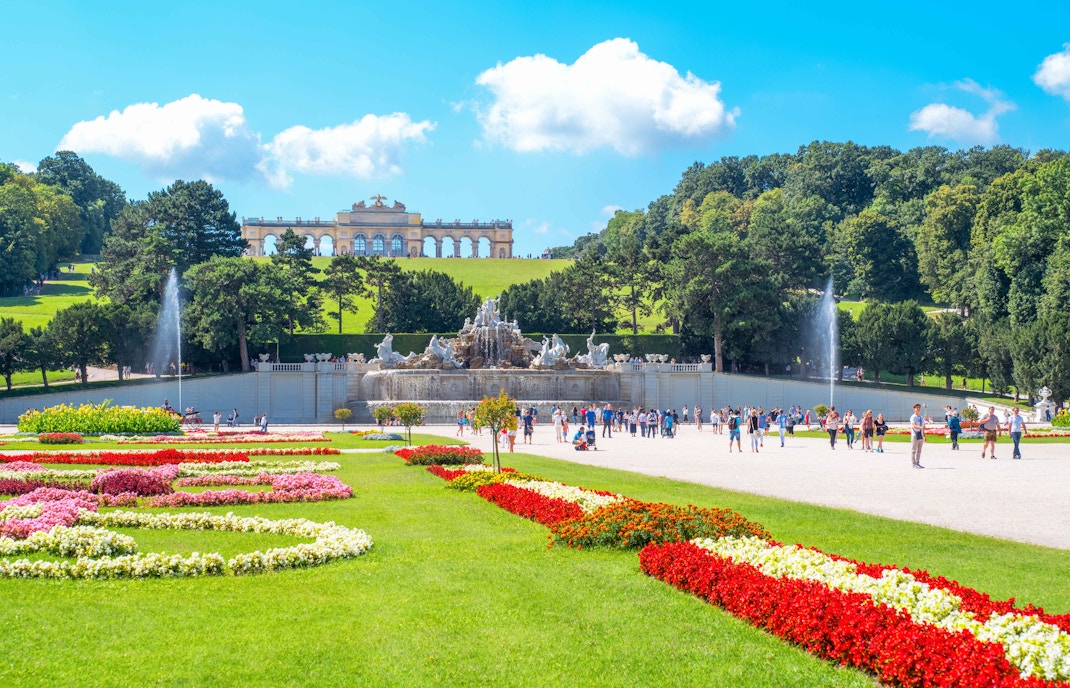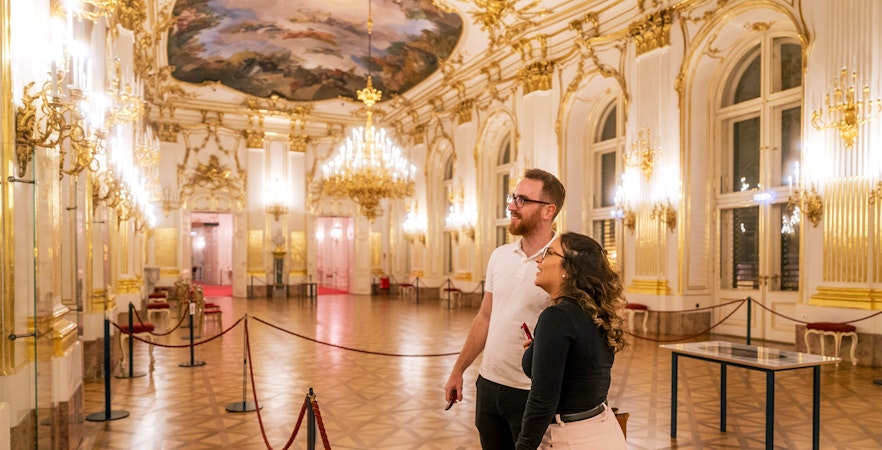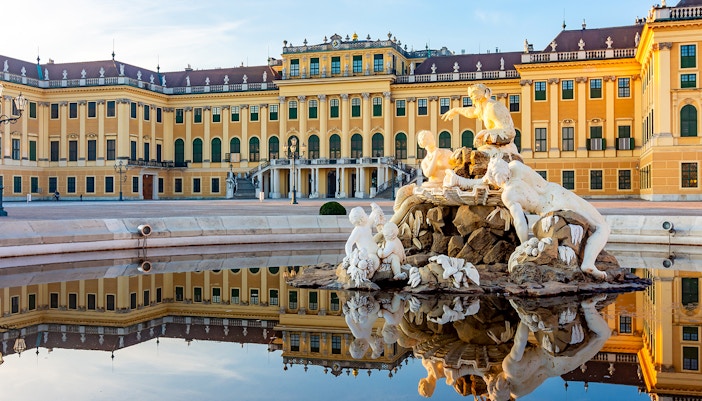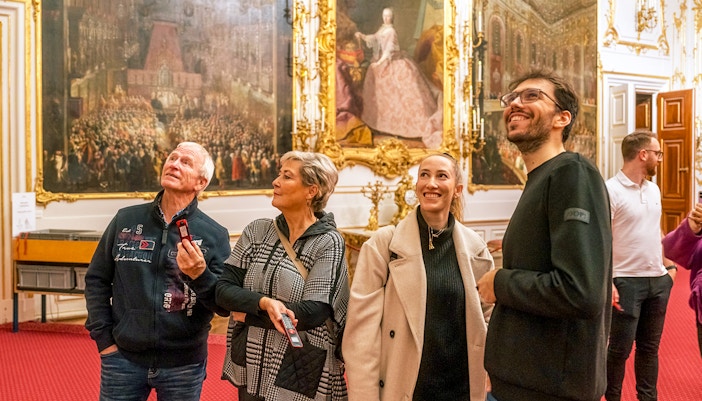Emperor Maximilian II acquired the land in 1569 as a hunting preserve, later adding a modest palace. Its name, ‘Schönbrunn’ or ‘beautiful spring’, came from a water source discovered in 1612. The Ottoman siege of 1683 destroyed much of the estate, clearing the way for grander designs.
Key moments in Schönbrunn’s history
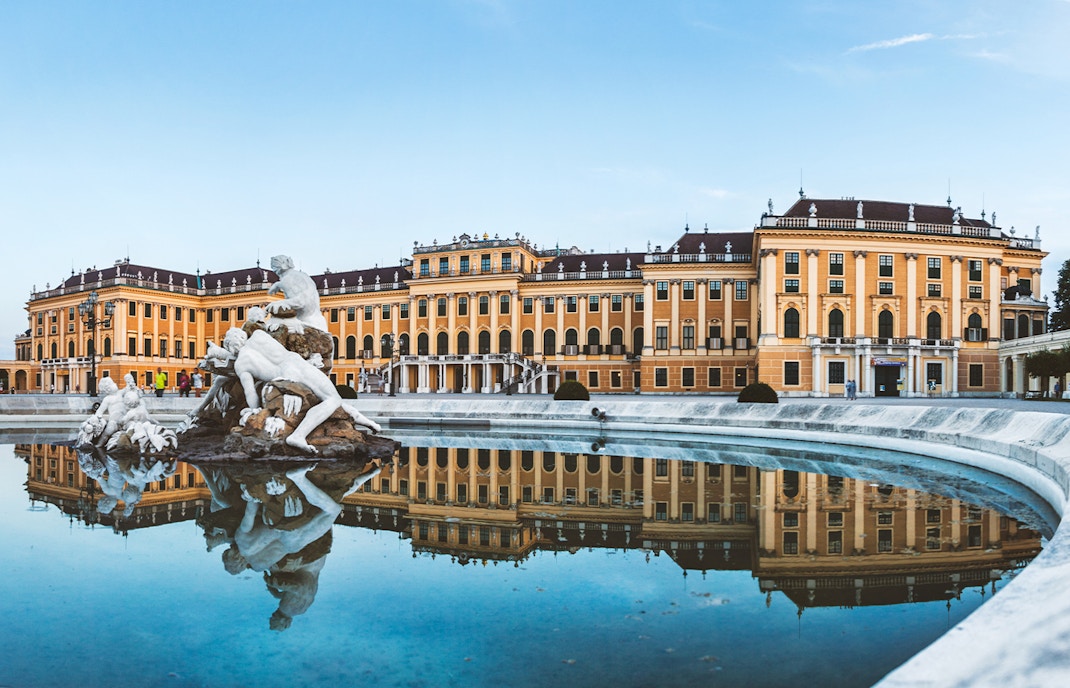
A hunting ground becomes Schönbrunn (1569 to 1683)
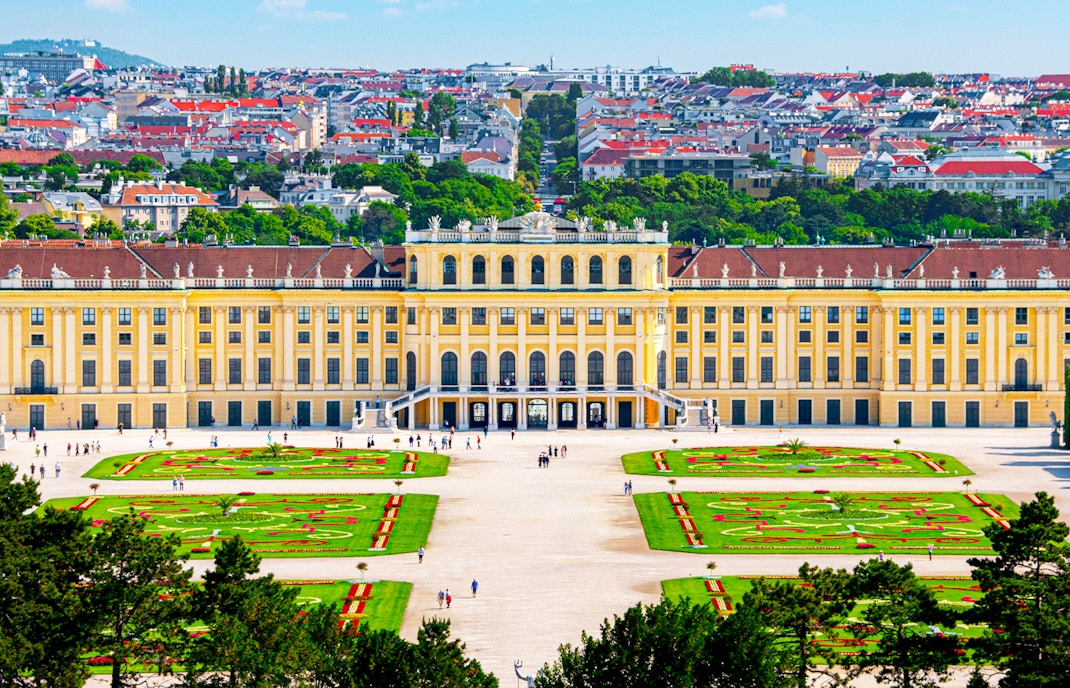
A Versailles for Vienna (1696 to 1740)
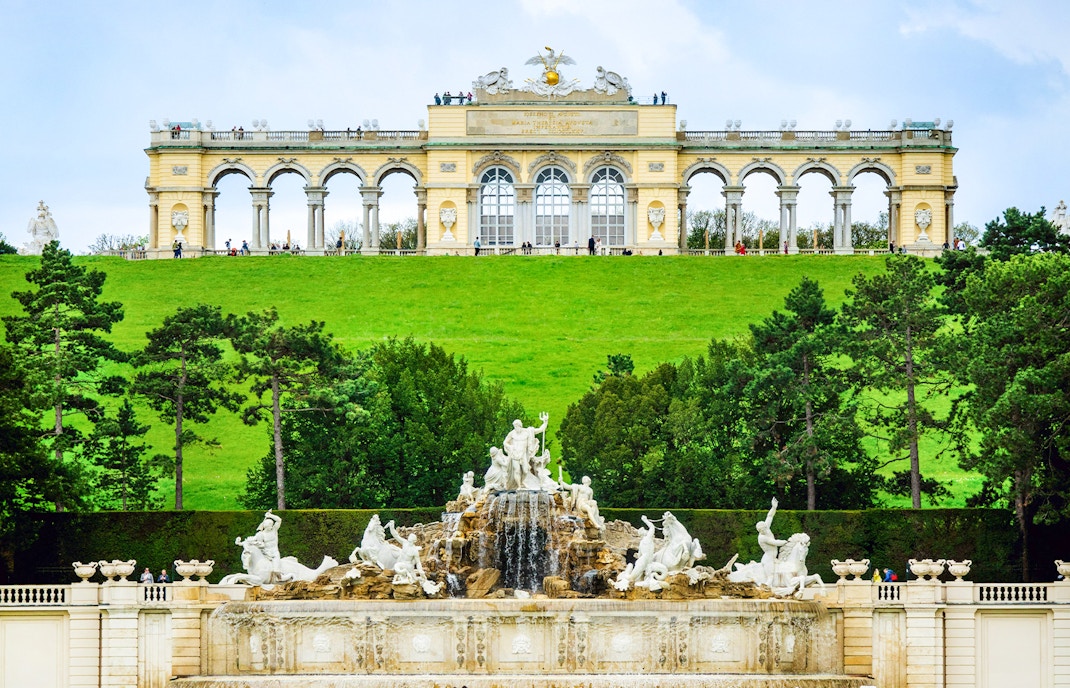
Maria Theresa’s summer empire (1740 to 1780)
Inside Schönbrunn Palace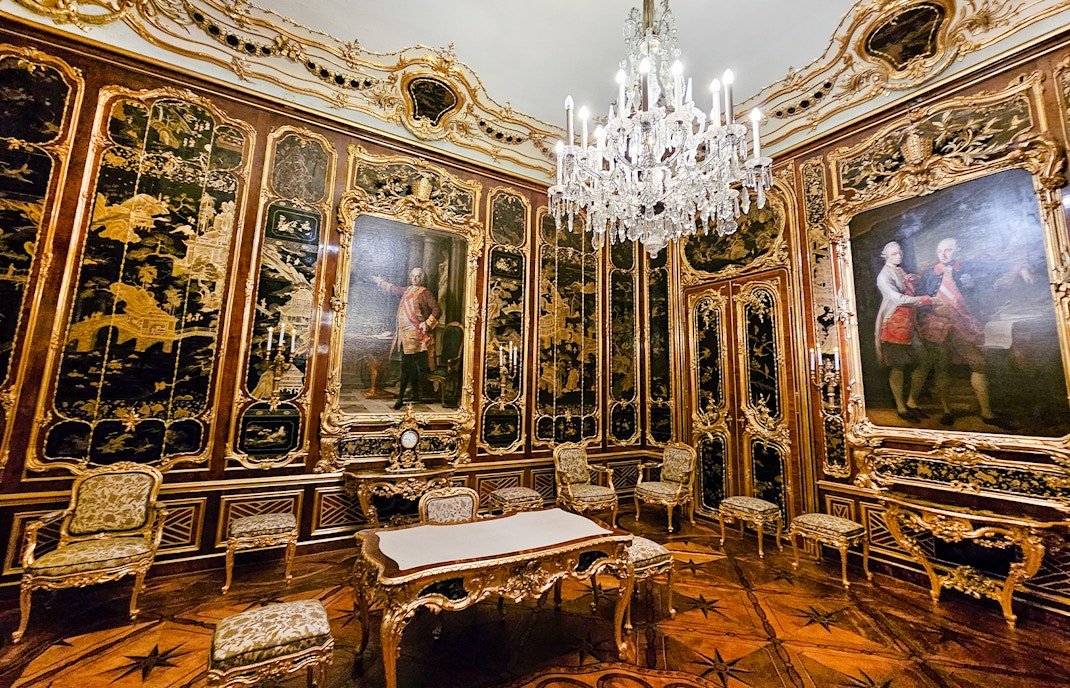
Napoleon at Schönbrunn (1805 to 1809)
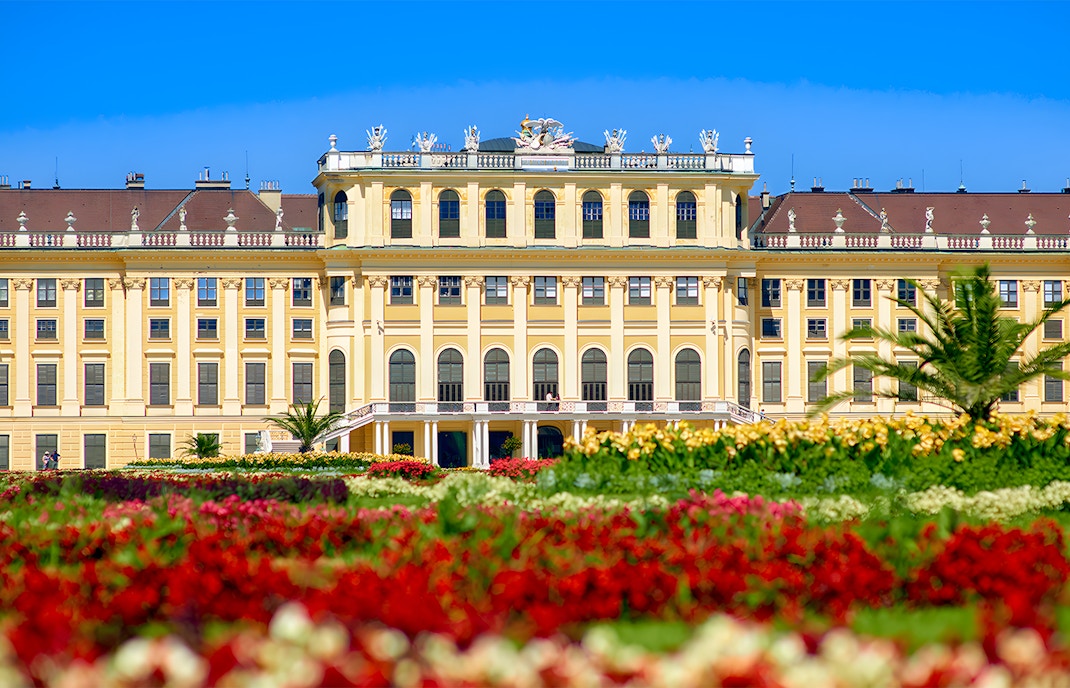
Congress and Franz Joseph’s reign (1814 to 1916)
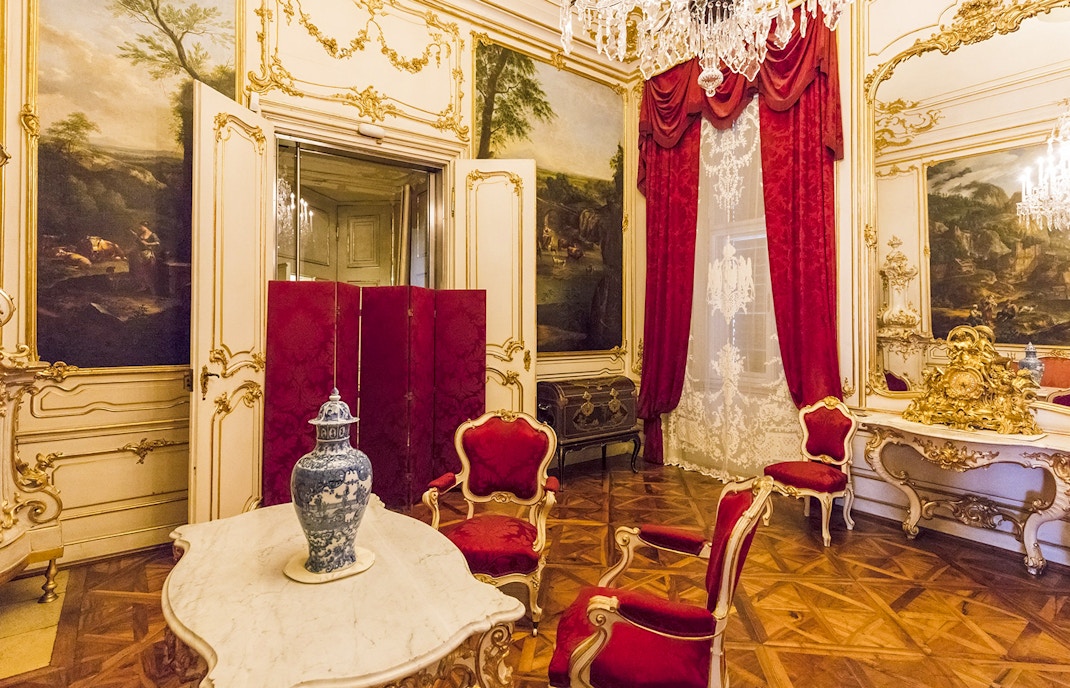
From Empire to Republic (1918 to 1945)
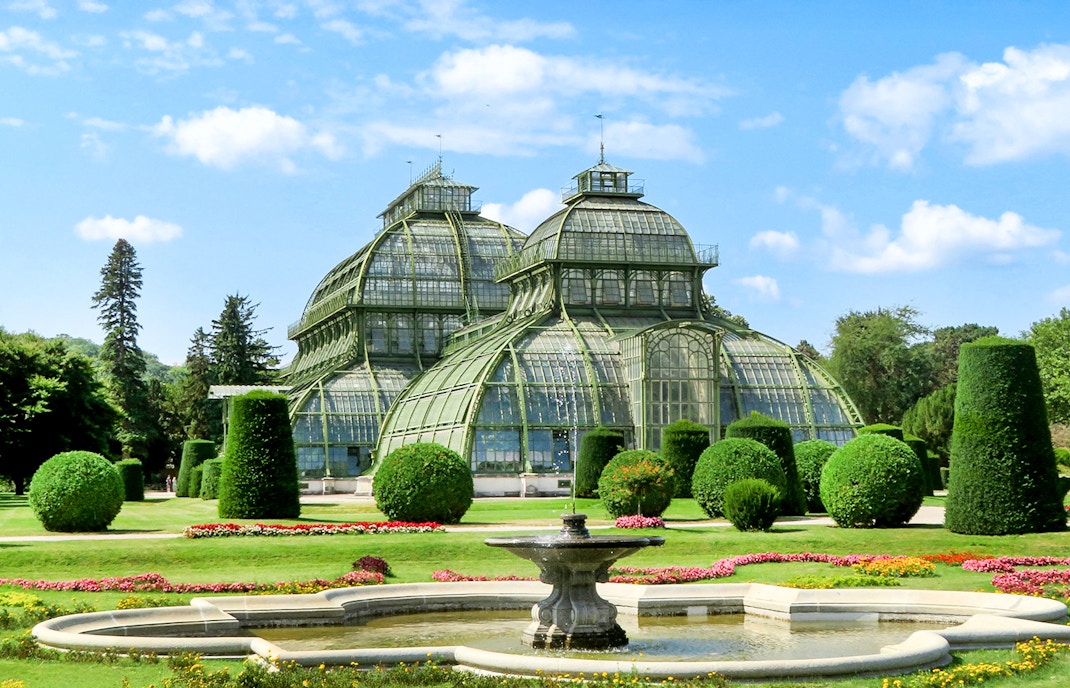
Allied Occupation to UNESCO Glory (1945 to 1990s)
